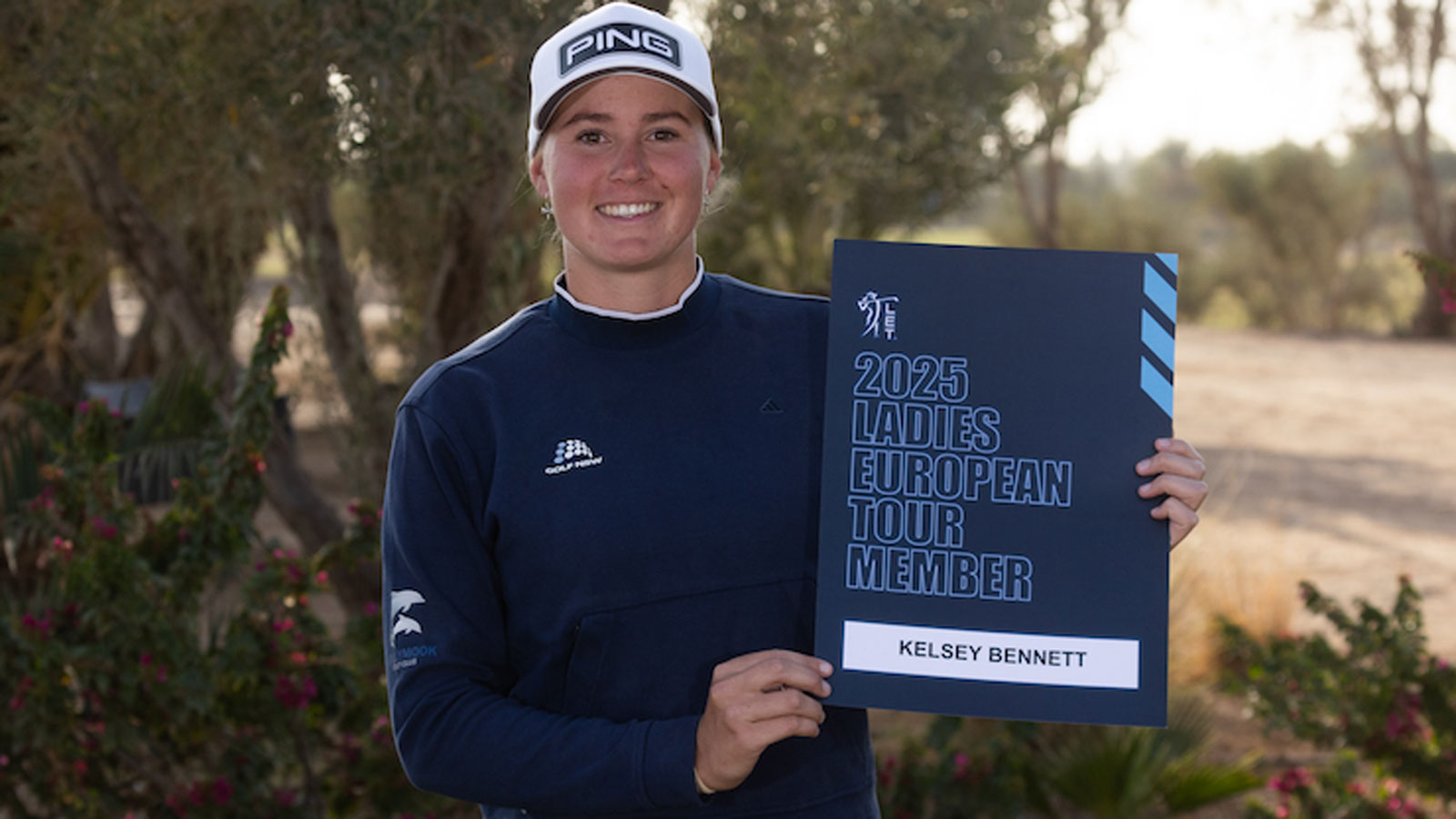Opinion: Blowing Out – Australian Golf Digest

- by Admin
- May 28, 2024

What to do when you find your golf game at crossroads
I recently bid farewell to a dear and much-loved friend: my single-figure handicap. While my initial reaction is to hope it returns – and soon – I get the feeling this might be a lengthy parting.
Perhaps mine is a story some of you can relate to. I first reached single figures in June 1994 at age 18. So I didn’t quite make 30 years when I drifted out to 10 this April. Through wavering form and myriad changes to the handicap system, I managed to keep the number next to my name in single digits, despite residing in the 8 or 9 bracket for a sizeable chunk of those three decades. Alas, after a year of sporadic competition play, and play that was far from scintillating, I ‘went out’ this autumn.
It wasn’t hard to see why. Scouring my handicap history, I last broke it in May last year – and by only a solitary stroke. While most of my Stableford scores tend to be in the low 30s rather than the 20s, there simply haven’t been any high points hauls to prop up the lesser ones. Ergo, handicap goes up.
The streak ending didn’t bother me as much as I thought it would, probably because I had seen it coming. I rarely practise, have taken exactly one lesson in the past 10 years and have had more two and three-week breaks between rounds in the past year than I can remember for ages. Plus, there’s the added capacity these days to be able to forecast your handicap movement, so the task of staying in single figures began to look daunting several months ago. The writing was very much on the wall.
My game gave me plenty of on-course signs, too. I have lost some distance and probably accuracy, too, as I sense I’m losing flexibility as age 50 nears. My short game – of which I was once quite proud – is now lacklustre at best and downright horrible on occasion. I mis-hit more chips and pitches than I strike proficiently. I three-putt a lot more often. I lack confidence, sure, but I also feel what little ability I have slipping away.
With my game at a crossroads, the decision about what to do from here appears to be twofold. I could knuckle down, rededicate myself to practice, get some lessons and play more often. Or I could accept my waning competence and simply ride the outgoing wave. I’m still not sure which path I want to travel.
That’s the thing about golf – for me, at least – it’s very much a ‘reap what you sow’ affair. I’ve planted nothing for a while now, so can’t complain when no green shoots appear. I just don’t know whether the planting process is worth the potential harvest. I also don’t envisage having the time to dedicate to my game, especially during winter’s limited daylight.
However, more than lacking the required time, I’m not sure I can be bothered with the effort. Would I like my single-figure handicap back? Sure. Do I want it back that much? I don’t know that I do. I kind of like the idea of five shots per side and now getting a handicap stroke on my club’s often-tricky fifth hole.
The next mental hurdle will surely be: am I a B grader? I am a rarity in club golf in that my highest-ever 18-hole handicap was 14. I played a lot before finally getting a handicap at age 15 – and played well when my initial cards were being submitted – so have never known that feeling of descending through the 20s and high teens. Not yet, at least.
So, while I’ve been in B grade before, it’s been so long that I have no memory of it. Do I see myself residing where so many club golfers do? In a few months, I might have no choice. It’s quite common to set handicap goals in golf; you just don’t expect them to be for one higher than you already have.
istock.com/Nutthaseth Vanchaichana
The Latest News
-
December 24, 2024Letters reveal The Don’s struggles with fame, eye for talent and fears for cricket’s future
-
December 24, 2024Head has short net session, in doubt for Boxing Day Test
-
December 23, 2024‘Puts golf on the map here’: Ryan Fox praises Rory McIlroy visiting New Zealand’s Tara Iti, Te Arai – Australian Golf Digest
-
December 23, 2024Freedom Boat Club Announces its 10th Australian Location with its Newest Location Offering Direct Access to the Iconic Brisbane River – Marine Business News
-
December 23, 2024Highfield and Australian Sailing team up in RIB support – Marine Business News





